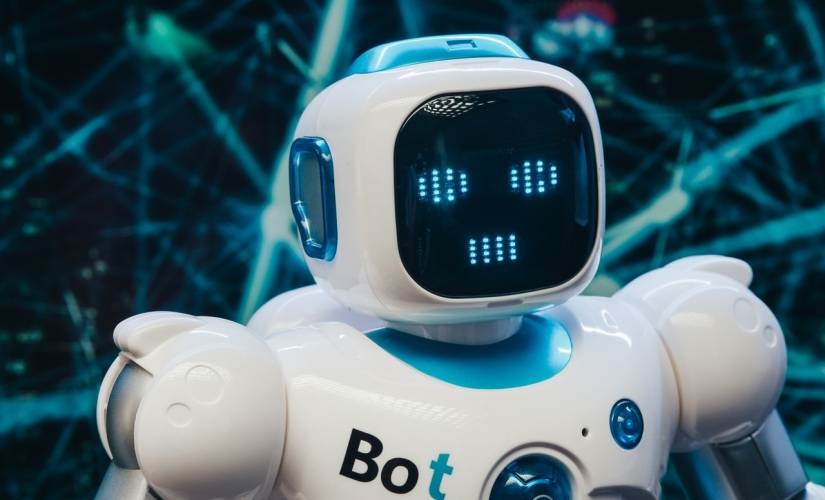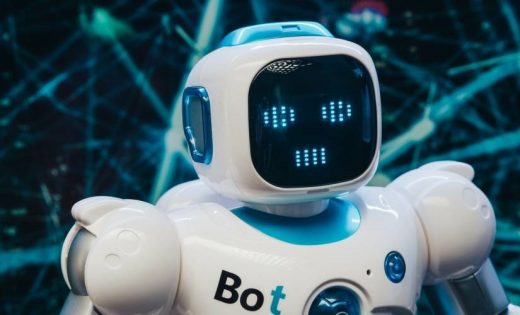It’s Time to Nurture Your Chatbot
It’s Time to Nurture Your Chatbot

In 1966 at the MIT Artificial Intelligence Laboratory, computer scientist Joseph Weizenbaum developed ELIZA, one of the first rudimentary chatbots. Created to simulate a conversation through basic pattern matching and substitution, ELIZA was able to follow scripts and directions in order to contextualize events. Eliza’s most famous script, DOCTOR, was able to interact with users through chat as if it were a psychiatrist.
ELIZA’s responses were so convincing that Weizenbaum reported that several users became emotionally attached to the program, occasionally forgetting that they were conversing with a computer.
Fifty Years After the ELIZA Chatbot
Over 50 years later, chatbots have become an integral part of everyday life. Chatbots can not only provide 24-hour-a-day customer service, but they can also facilitate purchases and even help brands with marketing and lead generation.
Yet even in 2022, we continue to see complaints that chatbots aren’t smart enough.
To say that a Chatbot is not intelligent enough is a wholly unfair assessment rooted in a misconception about what chatbots should be able to do.
Humans Expect Instant Bot Adults – but we Start With Bot Babies
The main problem is that consumers expect interacting with chatbots to be like pressing a magic button.
I like to think of chatbots as babies. But, of course, you wouldn’t expect a baby to be born and to then become a successful adult 18 years later without any input. So instead, a hands-on learning process is required to teach that child everything they need to know as an adult.
The Call Center Human
The same is even true in call centers — which are arguably the closest human parallel to chatbots — or at least the customer service version. Brands can’t simply hire new employees and expect them to be 100% effective customer service agents from day one.
Once again, a constant learning process comes as these reps field more questions from consumers and learn more about how the brand operates.
This same learning process is accurate for chatbots.
Growing Intelligence — Chatbots are Not One and Done
Just like children and new employees, you can’t expect bots to simply be intelligent and to be able to handle every task they confront. Yet many brands hit this roadblock after launching a bot: “It’s not smart enough! It’s not improving!”
Thankfully, the solution is simple: Data optimization or AI optimization for your bot.
No matter what they use bots for, brands with chatbots need to invest in conversational data tools so they can quickly analyze the data generated by customer interactions. A plan must be made about how to understand the bot and to help the bot improve. The gradual improvement will help the bot be able to eventually respond to and field a broader range of queries.
Nothing is Easy in Tech — and the Same Goes With Bots
Preparing and educating your bots is something that is perhaps easier said than done. Take, for example, a customer who wants to buy movie tickets through a bot. There are many different ways a customer can ask questions and approach the subject of buying movie tickets. Here are just a few options:
Tell me the movies this week.
What are the movies for this week?
What movies are playing this week?
What movies can I see this week?
What Other Questions Have You Asked When Searching for Tickets?
There are hundreds of ways users could ask questions for movie tickets or any other service that customers and clients contact a business for. However, in order to optimize the experience for clients and customers and make it an optimal customer experience — the bot will need some instructional “intellectual growth.”
And for this fictional movie bot to be “happy,” the brand would need examples of all the different ways (or at least additional ways) customers might ask this query — along with the appropriate response(s).
Manual vs. Automated
If your bot is updated manually, this process requires dozens of employees to pore through transcripts in Excel sheets and map responses. Again, this is potentially a huge waste of internal resources and a colossal waste of time for everyone.
Automated tools, however, can easily simplify this process and link training phrases, like, “What movies are playing this week?” with customer intent and will phrase an appropriate and pleasing response for your bot.
Don’t Miss the Boat With Bots
Brands that don’t optimize their chatbots miss out on a prime opportunity to increase ROI by reducing live agent costs while creating a channel that better serves their customers.
Nurturing your bot means that you’ll want to understand the importance of investing in tools that will continue to make your bot better. If you want a “smart kid” — you teach them. If you want a “smart bot” you teach them.
It’s that simple. Nurture your bot.
Image Credit: Kindel Media; Pexels; Thank you!
The post It’s Time to Nurture Your Chatbot appeared first on ReadWrite.
(33)


